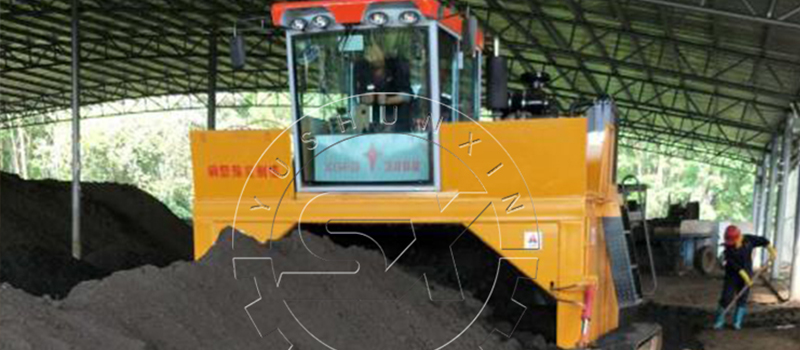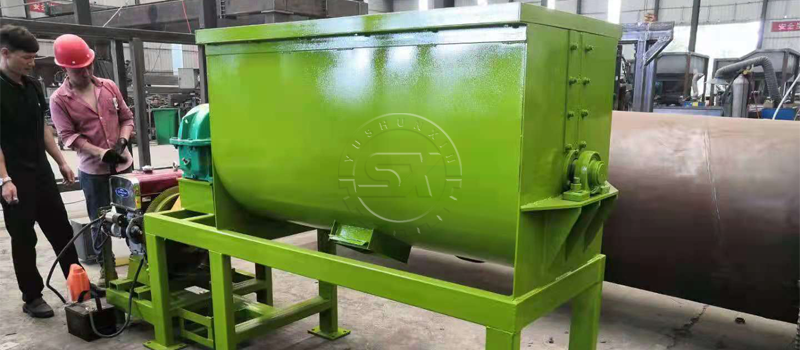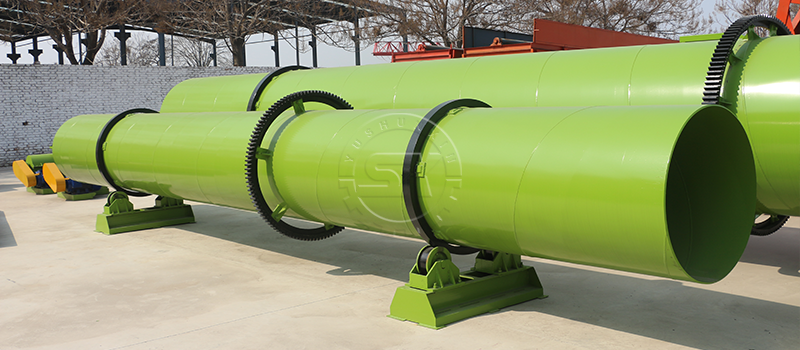Introduction
Many horse owners do not have enough land or vegetative cover to properly apply large amounts of manure and nutrients. If not managed properly, manure can deposit excess nutrients into the environment via surface runoff or as a leachate, or water-contaminated with manure, from improper manure storage and land application. This can negatively impact water quality and subject landowners to investigation, and in some cases, legal action under an Agricultural Stewardship Act. For these reasons, horse operations are using best management practices and develop a nutrient management plan. So, horse manure managment is very important.
Horse manure management plan
Estimating yearly animal manure production
Estimating yearly nutrient production
Plans for collecting, handling and storing
Emergency action plan that quickly deals with accidental manure spills or other environmental emergencies.
Eight steps for composting horse manure
1. Choose the right plant.
Begin by locating an appropriate composting site. Choose an area with year-round easy access that’s convenient for chores. If possible, pick a level, well-drained spot far from waterways or wells so any runoff doesn’t contaminate surface or groundwater.
2. To bin or pile?
This is your choice, but a bin system typically helps keep things neater and easier to manage. If you choose pile, to compost and generate heat, pile should be at least 3 cubic feet—the approximate size of a washing machine. In colder climates, piles may need to be larger in order to generate enough heat.
3. Keep it covered!
Covering with a tarp, plastic sheet, or a roof during the rainy season prevents the compost’s valuable nutrients from washing away and causing environmental problems.
4. Get air into the pile.
Oxygen is a crucial component to composting, as again, bacteria and fungi require oxygen to do their work and break down organic matter. The simplest way to provide it is to use a small tractor to turn the pile. If the compost is starved for air, it will become foul-smelling rather than earthy.
5. Keep it damp.
Compost should be about as damp as a wrung-out sponge. For dry climates or in the summer, find a chore-efficient way to water your compost, either with a garden hose as you turn the pile or by hosing down the manure and stall waste daily before dumping. Compost should be damp but not dripping.
6. Monitor the heat.
You can monitor temperatures easily using a long-stemmed compost thermometer purchased at a plant nursery or garden store. When the temperature goes down, that’s the sign that you need to turn and mix the compost. After turning several times, if the temperatures stay low, that indicates you are moving into the curing phase and out of the active composting phase.
7. Curing compost.
This is when the finished compost sits and “stabilizes.” Worms and small insects move in and break it down further. Compost piles can cure for a month up to a year; the longer it cures the more stable it becomes, and the less likely that nutrients will leach out at the first drop of rain.
8. Finished compost.
How actively you monitor your pile’s air and water and how frequently you turn it determines how quickly it will finish. It should take around three months, perhaps longer in the winter when microbial activity slows. You will know your compost is ready when the material looks evenly textured, crumbly, dark-colored like dirt, and is earthy-smelling. Its temperature should be 90° F or less.
The benefits of using horse manure as fertilizer
Readily available in many rural areas or through reputable suppliers, horse manure makes a suitable and inexpensive fertilizer for plants. Horse manure can give new plants a jump start while providing essential nutrients for continual growth. It contains adequate amounts of organic matter and can apply in various ways. It’s also slightly higher in nutritional value than cow or steer manure. But, you should pay attention to that fresh manure should not use directly on plants, because it can burn their roots.
However, well-aged manure, or that which has been allowed to dry over winter, can be worked into the soil without the worry of burning. While it may be more nutritional, horse manure may also contain more weed seeds. For this reason, it is usually better to use composted horse manure in the garden. The heat produced from composting can effectively kill most of these seeds as well as any harmful bacteria that may be present. Composted horse manure can also be used in the garden any time of the year. Simply toss it over the garden area and work it into the soil.
How to process horse manure into fertilizer?
1.Fermentation
When horse manure is fermented for organic fertilizer, it is necessary to sterilize and ferment horse manure. First, the horse manure needs to be mixed with straw, wheat bran, rice bran, wood chips and other wastes with good water absorption, and the other party is sterilized and fermented in the fermentation tank, waiting for the horse dung fermentation to be completed.
2. Mixed fertilizer
After fermentation, it can be taken out and put into the batching bin, and inorganic fertilizer rich in nitrogen, phosphorus and potassium elements can be added to it, and then the horse dung and fertilizer can be fully pulverized by a pulverizer,
3. Making granulars
After the mixing complete, you can put the materials into the organic fertilizer granulator directly, which can make granular fertilizer. During the production process, it is necessary to constantly check the particle size of the fertilizer. If there exists large granular, it is necessary to return to the granulator and re-granulate it.
4. Drying and cooling
After making the fertilizer, you need a dryer to dry them. After waiting for the moisture in the grain fertilizer to evaporate, it can be dried in a cool and dry environment, or cooled with a cooler.
Why choose us?
Our company has a series machines used for organic fertilizer production, besides, we have professional personnel will formulate a complete production plan for you, ensure the smooth progress of the production process, our product prices are very reasonable. I believe you will have a satisfactory shopping experience. Contact us now!



